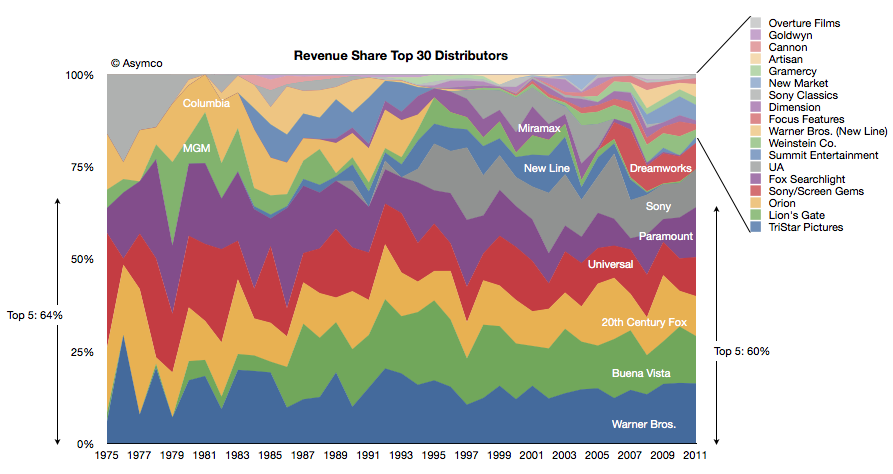No spoilers for the first four paragraphs.
This week’s episode of Top Chef was likely the best of the season, and definitely featured the most inspired and, according to the judges, delicious cooking so far. Chef Tom even said it was among the best single meals ever served on nine seasons of the show.
How could that be? The cooking so far this season has been decidedly middle-of-the-pack compared to prior seasons, and then all of a sudden it gets transcendent?
Because this week we saw leadership and vision, presented quite delightfully by guest judge Charlize Theron. Capitalizing on a cheap marketing tie-in (she plays The Evil Queen in an edgy telling of Snow White, coming to theaters in summer), Padma tells them to make something “wickedly beautiful,”. And, intentionally or not, Charlize then demonstrates remarkable leadership. She inspires them (who doesn’t want to please Charlize Theron — even the women love her), she encourages them (“indulge”), and she even gives some creative direction (“think like an evil queen.” This is the first time these chefs have really been given license to go over the top, and just enough structure to have a sense of rules to play by.
And what results is what happens when you give creative people just the right amount of leadership and structure without telling them exactly what to do. Each chef produces a delicious, inspired course, utterly unique, yet, thanks to the clear vision, it comes together in a remarkable whole.
…and now time for the spoiler-ridden commentary…
Hoo-boy! The Mozart of the Palate does it again! Paul’s dish was the hardest to appreciate through the telexision, but clearly his ability to play your tongue’s taste buds like keys on a piano is in full force. I love how Grayson admits her literalness, and I’m surprised she was able to realize that vision so directly. I can’t wait for Lindsay to get booted off in a fit of utter humiliation. I’ve never liked Michelle Bernstein as a guest judge, and I really don’t care for her protégé. The editors know that we diehards pick up on certain cues, because when Chris calls his wife, and we see the photos of the family, every fan’s first thought was, “Chris is going to lose tonight.”
The only thing that bummed me was Beverly beating Nyesha in Last Chance Kitchen. That twist just clearly proved too much, and Nyesha had likely put together a much better, and more flexible, setup than Beverly. Though, according to Tom, the decision came down to a nitpick — seasoning — and I don’t think you can lay that on Beverly’s preparation. I was hoping to see Nyesha pull an Ozzy and make it back into the competition, but I suppose I’ll have to wait until the next Top Chef All Stars.
 Click for full size.
Click for full size. . And my favorite part of the book were the optical illusions, such as the two-pronged object that somehow morphs into 3 cylinders, or the square of stairs that go up forever. (And, yes, I had MC Escher posters in my dorm room.)
. And my favorite part of the book were the optical illusions, such as the two-pronged object that somehow morphs into 3 cylinders, or the square of stairs that go up forever. (And, yes, I had MC Escher posters in my dorm room.)